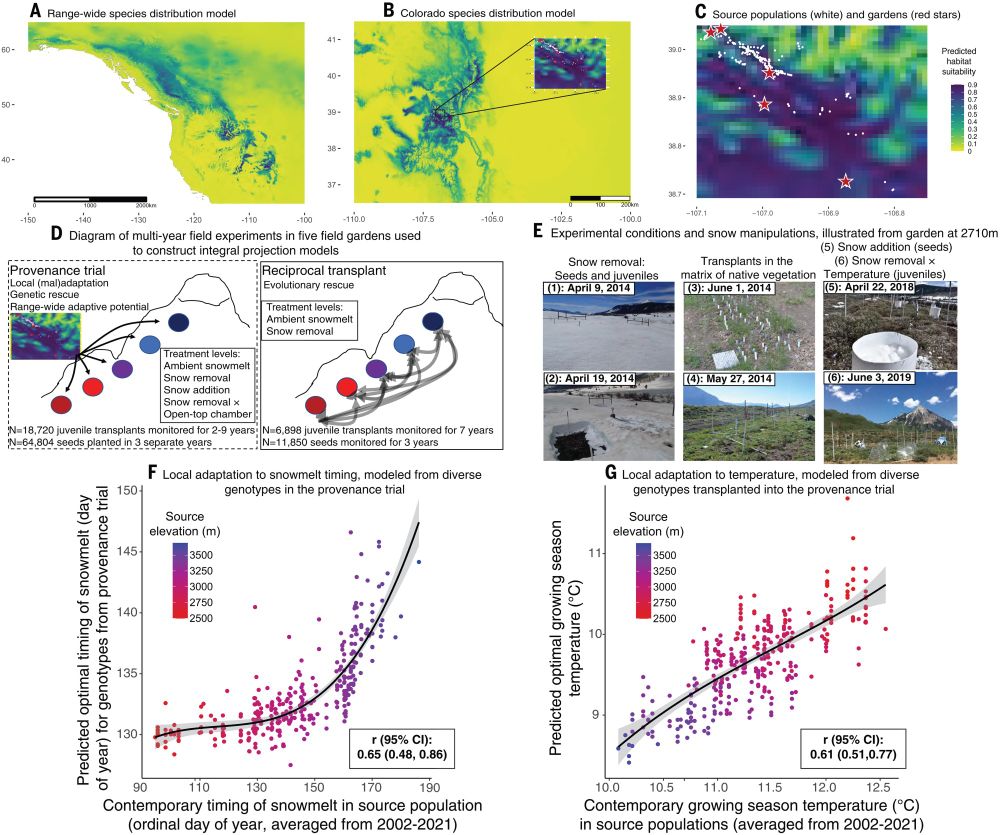


👉 Apply: www.ugajobsearch.com/postings/429...
#SynBio #PlantScience #FacultyJobs
👉 Apply: www.ugajobsearch.com/postings/429...
#SynBio #PlantScience #FacultyJobs

www.science.org/doi/10.1126/...

www.science.org/doi/10.1126/...
And a rebellious act.
But mostly it's self-care.
(Give yourself permission to turn off the news for the weekend.)
And a rebellious act.
But mostly it's self-care.
(Give yourself permission to turn off the news for the weekend.)




